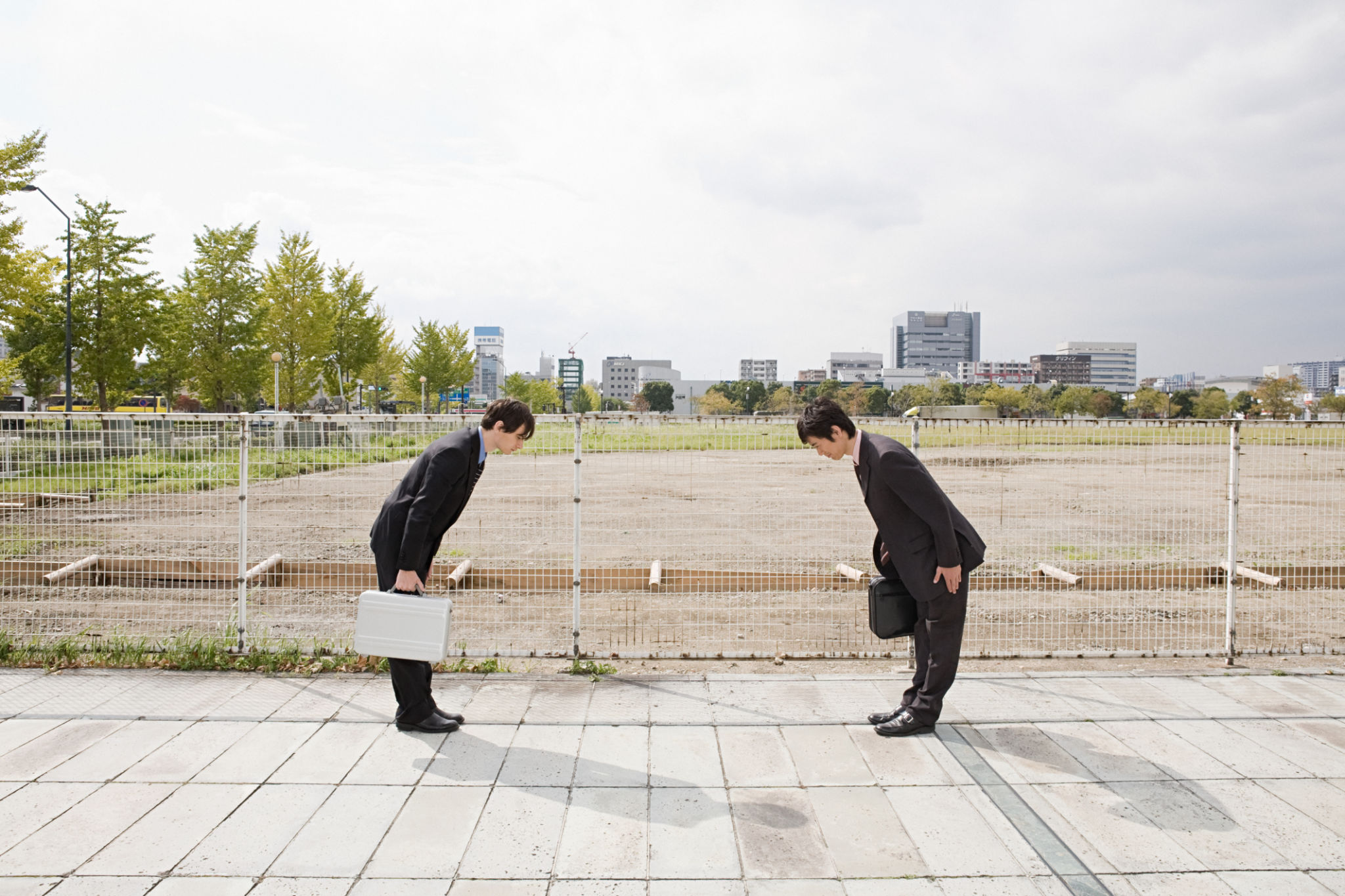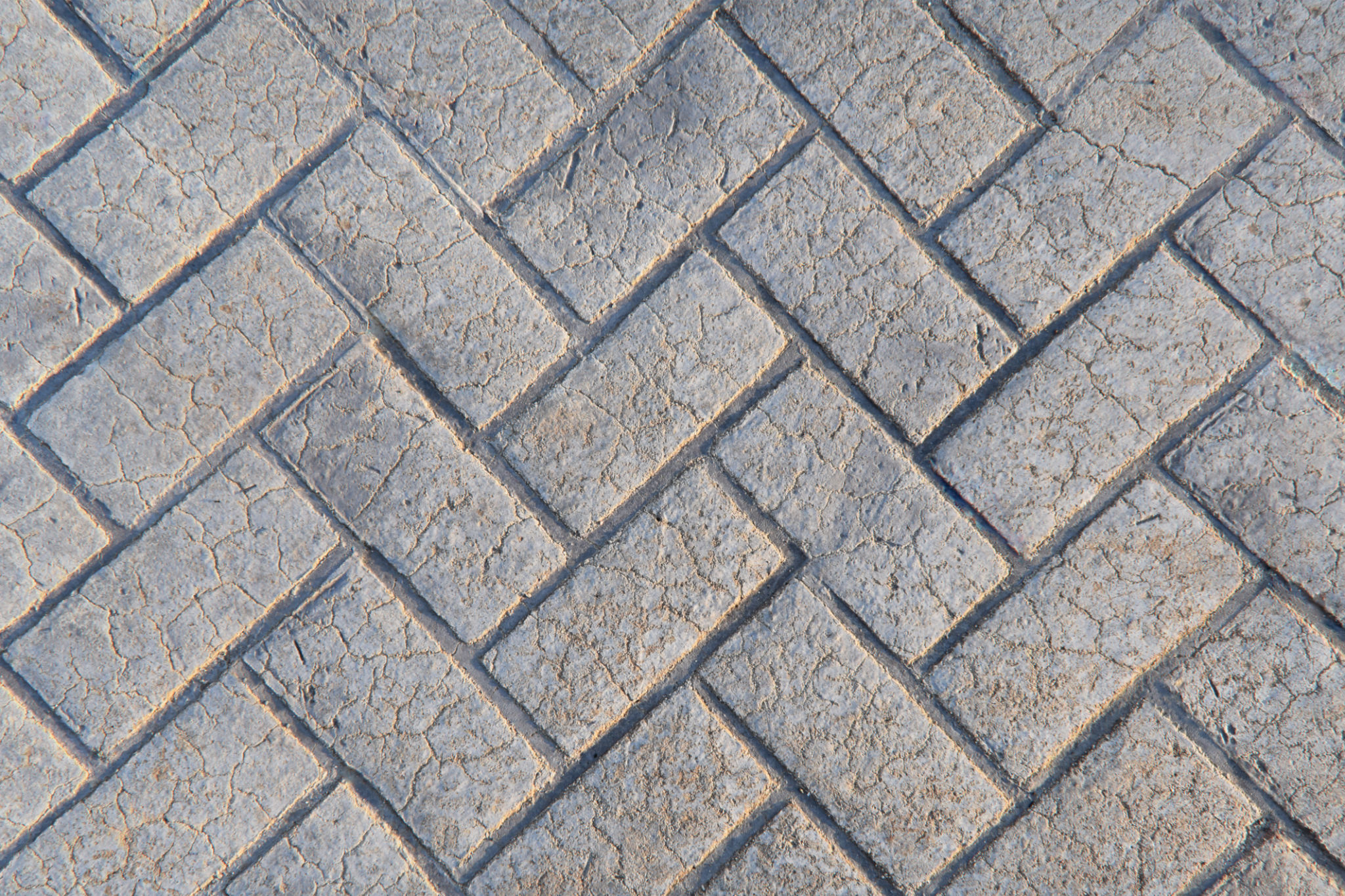Common Myths About Concrete: Debunking Misconceptions
Understanding Concrete
Concrete is one of the most widely used construction materials in the world, yet it is often misunderstood. Despite its ubiquity, many people hold misconceptions about what concrete can and cannot do. By debunking these myths, we can better appreciate the versatility and durability of this essential material.

Myth 1: Concrete is Impervious to Water
A common misconception about concrete is that it is completely waterproof. In reality, concrete is a porous material that allows water to seep through its surface. While it does not dissolve in water, prolonged exposure to moisture can lead to deterioration over time. To combat this, sealants and waterproof coatings are often applied to enhance its water resistance.
Properly sealed concrete surfaces can significantly increase their lifespan by preventing water infiltration and reducing the risk of cracks and other damage. Regular maintenance is key to ensuring concrete structures remain robust and reliable.
Myth 2: Concrete is Environmentally Harmful
Many people believe that concrete production is highly detrimental to the environment. While it is true that cement production, a key component of concrete, contributes to CO2 emissions, advancements in technology have led to more sustainable practices. For example, using recycled materials and alternative fuels in the manufacturing process helps reduce environmental impact.

Moreover, concrete's durability and longevity mean that structures require less frequent replacement, ultimately reducing resource consumption. Innovations like carbon capture technology are also paving the way for greener concrete solutions.
Myth 3: Concrete is Unattractive
Gone are the days when concrete was seen as dull and monotonous. Modern techniques have transformed it into a versatile material that can be customized in a myriad of ways. From stamped patterns and colored finishes to polished surfaces, concrete can be tailored to suit any aesthetic preference.
Architects and designers are increasingly embracing concrete’s potential in both residential and commercial projects, showcasing its beauty in a variety of forms. This adaptability makes it a popular choice for those seeking both function and style.

Myth 4: Concrete is Weak Without Steel Reinforcement
While steel reinforcement is crucial for certain applications, especially in large-scale projects like bridges and high-rise buildings, concrete on its own possesses considerable strength. For many residential applications such as patios, driveways, and sidewalks, unreinforced concrete can be perfectly adequate.
Understanding the specific requirements of a project helps determine whether reinforcement is necessary. Engineers carefully assess factors like load-bearing needs and environmental conditions to ensure the appropriate use of materials.
The Truth About Concrete
Concrete is an invaluable material that plays a vital role in modern construction. By dispelling these myths, we gain a clearer understanding of its true capabilities and benefits. With continuous advancements in technology and sustainability practices, concrete remains an indispensable asset in building a durable and environmentally conscious future.